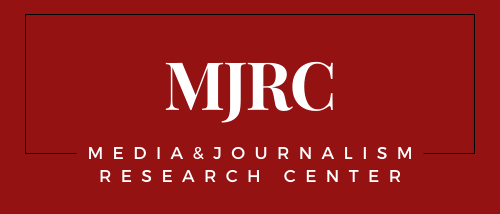Deciphering the Mechanics of Media Policy Creation in Russia
New study released today offers insights into the influences shaping media policy in Russia.
The Media and Journalism Research Center (MJRC) has today published Media Regulation, Government and Policy in Russia, a new study in its Media Influence Matrix project, which has been run by the center for nearly eight years.
The study, authored by Leonardo Ingannamorte, provides an in-depth analysis of the key figures and institutions involved in Russian media policy and regulation. It offers insights into the decision-making processes related to the media landscape in Russia. The study provides a comprehensive account of the role of the Presidential Administration as the primary source of media policy in the country.
Furthermore, the study profiles several key influencers in the Russian media policy and regulation circles. It also includes a legal overview that provides valuable context on the country’s media policy. It explains the core principles of media regulation in Russia and the various forms of censorship that the Russian political system has introduced and refined over the past decades.
Since its inception, the Media Influence Matrix project has expanded to over 50 countries. Using a comprehensive methodology to identify interconnections within media systems, the project aims to provide insights into the power dynamics influencing media operations. It examines three key areas: media policy and regulations, media ownership and financing, and the relationship between technology and media.
The report is available here.
See Russia page in the Media Influence Matrix project here.
Photo by Parker Coffman on Unsplash
Support independent media research – your donation helps keep our work open.
Donate
